Elvire Roberts (project supporter and organiser of the Flip cameras) asked for a blog on the students "I'd never thought of that" light bulb moments, including linguistics, processing and ethics. (Does this count as my first invited blog?)
1) Men, status, power, and giving it up. (Ethics)
On the first day the students had to teach me on aspects of Gambian culture (as teaching must be culturally relevant, and I hadn't a bloody clue about Gambian culture in general, or as relates to Deaf people and interpreters).
Mansata, the only woman in the group, presented on Gender in The Gambia. Whilst there were no surprises for the men, it appeared to be unusual to think about and discuss this, with a woman, especially exploring the experience of this from a woman's perspective. For example, what it felt like to be excluded from decision making, or to inherit less that your brothers.
This is turn led to conversation about status and power, and the difficulty of giving up power, even when you think maybe you should.
Which led to an initial exploration of power as relates to hearing and Deaf people.
Throughout the course we returned to these themes of power, relative status, and the need for interpreters to explicitly recognises the power structures they work within, and the nature of their own power. For example, when discussing censorship in interpreting, interpreting register / formality style, thinking about the communication goals of participants, and especially when getting feedback from Deaf people about what they like and don't like about interpreting.
Team meeting. (Preparation)
Some lightbulbs were very specific, and completely unintended (on my part). Early on in the course I met with GADHOH staff and trustees, to discuss the project overall, training, and future. Although this wasn't part of the course, I'd asked the four interpreters to interpret on rotation, so that they could be filmed.
I prepared and agreed an agenda, and briefed the interpreters as usual.
The unexpected lightbulb was this in itself, the usefulness of having an agenda and of being briefed, as neither usually happens for meetings.
Watching GSL on video. (Linguistics)
1) Men, status, power, and giving it up. (Ethics)
On the first day the students had to teach me on aspects of Gambian culture (as teaching must be culturally relevant, and I hadn't a bloody clue about Gambian culture in general, or as relates to Deaf people and interpreters).
Mansata, the only woman in the group, presented on Gender in The Gambia. Whilst there were no surprises for the men, it appeared to be unusual to think about and discuss this, with a woman, especially exploring the experience of this from a woman's perspective. For example, what it felt like to be excluded from decision making, or to inherit less that your brothers.
This is turn led to conversation about status and power, and the difficulty of giving up power, even when you think maybe you should.
Which led to an initial exploration of power as relates to hearing and Deaf people.
Throughout the course we returned to these themes of power, relative status, and the need for interpreters to explicitly recognises the power structures they work within, and the nature of their own power. For example, when discussing censorship in interpreting, interpreting register / formality style, thinking about the communication goals of participants, and especially when getting feedback from Deaf people about what they like and don't like about interpreting.
Team meeting. (Preparation)
Some lightbulbs were very specific, and completely unintended (on my part). Early on in the course I met with GADHOH staff and trustees, to discuss the project overall, training, and future. Although this wasn't part of the course, I'd asked the four interpreters to interpret on rotation, so that they could be filmed.
I prepared and agreed an agenda, and briefed the interpreters as usual.
The unexpected lightbulb was this in itself, the usefulness of having an agenda and of being briefed, as neither usually happens for meetings.
Watching GSL on video. (Linguistics)
As part of the project I took with me four Flip video cameras, and three laptops, so they could record, edit, and watch videos of GSL, and their own work. We knew this would be important for their professional development, but I had no idea just how transformative this would be.
Because until we had filmed Deaf people, the interpreters were unable to step back from the fleeting moment that language occurs, and look again, carefully, at what is actually happening. Their focus prior to this was on the hands and signs.
This clip of Ndey we watched over and over and over again, and kept coming back to. The students asked to describe what they see, and then what they thought the meaning of what they saw was.
Each time they watched it they saw another layer of morphology (meaning). As one example, after signing DEAF Ndey nods. At first the students couldn't see the nod. Then they couldn't see the meaning of the nod. Then we discussed topic marking, affirmation, topic-comment, etc.
But what they got most from this was that it was there. I wasn't just some mad obsessed bloke from England going on about 'visual GSL', I was describing to them something rich and beautiful, that Gambian Deaf people do, and that conveys complex and subtle meaning, if only they look.
And by implication, they should also aspire to be able to do this.
This wasn't 'taking some equipment to The Gambia' this was bringing refrigeration to the kitchen. Not 'addition', but offering, if they use it, transformation.
Socratic method. (Professional development skills)
One of my (many) favourite moments was when we were discussing and practicing observation and feedback skills. They found it really, really hard not to judge (that was good) or tell (what you should have done is ...), and were clearly unpersuaded that asking questions was anything but a waste of time.
So we discussed Socrates, and the Socratic method, that Socrates would teach by asking questions. They were still unconvinced, until I did a demo, feeding back to one of them just by asking questions. Which (phew) worked. And they got it.
Next morning one of the student's Learning Points was 'the Socratic Method'. Hah! Socrates, in The Gambia. :)
Equivalency / interpreting as a loss process. (Processing +)
I suggested to the interpreters that interpreting was a loss process, that every time you interpret you lose something. They were unpersuaded. (You might be?)
We then explored what equivalence interpreters were trying to achieve, which for the students was equivalence of information.
Over the course we spent a lot of time exploring this, until we had the five equivalencies:
So every time you interpret you lose something? Yes.
So every time you interpret you have to prioritise and choose what you focus on? Yes.
And then we discussed what being a professional means, taking responsibility and being able to explain the choices we make, and recognising the other choices that could have been made, etc.
Productive lexicon / morphology. (Linguistics)
On the last but one day the students sat their end of course test. It didn't go well. The best results was just under half. I was not happy. Three weeks teaching, and some really important stuff wasn't yet understood. (Look at the preceding post for the test questions). And as the teacher, that was my failure, not theirs. Morgan texted from England reminding me that students in the UK study this stuff for years, and that perhaps my expectations were a little high for fifteen days. Which helped.
But actually, the answer was that I had forgotten the point of the test. To test learning. To test the ability to apply learning. To tell me, and them, what we need to look at again.
One of those questions was - GSL is a visual language. What does this mean? Not answering that question, on the last day led to another discussion about English and GSL.
How English often changes meaning by changing or adding words. It's raining. It's pouring. It's a light rain. It's raining heavily. I hate being in the torrential rain. Etc. etc.
And GSL changes meaning by drawing on its' rich grammar and incredible range of morphemes, to incorporate meaning into the sign. So I signed this. Morphemes to show: how it is raining, where it is raining, on who it is raining, what I'm doing whilst it's raining, what I think about how it is raining.
We had discussed this many times before. Even looking at this same example
But this time the sun came up (see below).
Dew drops on a spiders web
Writing this I realised the lightbulb metaphor isn't quite right for me, a metaphor that implies a single event linked to a single outcome.
Rather I see the course as a tangled and multiply connected spiders web, and the opportunities for learning - teaching, thinking, reading, testing, arguing, experimenting, seeing - as dewdrops on the web. There's a moment where the sun comes up, and the sunlight refracts through one of the dewdrops, which shines for a moment like pure gold.
Because until we had filmed Deaf people, the interpreters were unable to step back from the fleeting moment that language occurs, and look again, carefully, at what is actually happening. Their focus prior to this was on the hands and signs.
This clip of Ndey we watched over and over and over again, and kept coming back to. The students asked to describe what they see, and then what they thought the meaning of what they saw was.
Each time they watched it they saw another layer of morphology (meaning). As one example, after signing DEAF Ndey nods. At first the students couldn't see the nod. Then they couldn't see the meaning of the nod. Then we discussed topic marking, affirmation, topic-comment, etc.
But what they got most from this was that it was there. I wasn't just some mad obsessed bloke from England going on about 'visual GSL', I was describing to them something rich and beautiful, that Gambian Deaf people do, and that conveys complex and subtle meaning, if only they look.
And by implication, they should also aspire to be able to do this.
This wasn't 'taking some equipment to The Gambia' this was bringing refrigeration to the kitchen. Not 'addition', but offering, if they use it, transformation.
Socratic method. (Professional development skills)
One of my (many) favourite moments was when we were discussing and practicing observation and feedback skills. They found it really, really hard not to judge (that was good) or tell (what you should have done is ...), and were clearly unpersuaded that asking questions was anything but a waste of time.
So we discussed Socrates, and the Socratic method, that Socrates would teach by asking questions. They were still unconvinced, until I did a demo, feeding back to one of them just by asking questions. Which (phew) worked. And they got it.
Next morning one of the student's Learning Points was 'the Socratic Method'. Hah! Socrates, in The Gambia. :)
Equivalency / interpreting as a loss process. (Processing +)
I suggested to the interpreters that interpreting was a loss process, that every time you interpret you lose something. They were unpersuaded. (You might be?)
We then explored what equivalence interpreters were trying to achieve, which for the students was equivalence of information.
Over the course we spent a lot of time exploring this, until we had the five equivalencies:
- Communication objective / goal.
- Information meaning.
- Cultural relevance.
- Prosody.
- Surface structure.
So every time you interpret you lose something? Yes.
So every time you interpret you have to prioritise and choose what you focus on? Yes.
And then we discussed what being a professional means, taking responsibility and being able to explain the choices we make, and recognising the other choices that could have been made, etc.
Productive lexicon / morphology. (Linguistics)
On the last but one day the students sat their end of course test. It didn't go well. The best results was just under half. I was not happy. Three weeks teaching, and some really important stuff wasn't yet understood. (Look at the preceding post for the test questions). And as the teacher, that was my failure, not theirs. Morgan texted from England reminding me that students in the UK study this stuff for years, and that perhaps my expectations were a little high for fifteen days. Which helped.
But actually, the answer was that I had forgotten the point of the test. To test learning. To test the ability to apply learning. To tell me, and them, what we need to look at again.
One of those questions was - GSL is a visual language. What does this mean? Not answering that question, on the last day led to another discussion about English and GSL.
How English often changes meaning by changing or adding words. It's raining. It's pouring. It's a light rain. It's raining heavily. I hate being in the torrential rain. Etc. etc.
And GSL changes meaning by drawing on its' rich grammar and incredible range of morphemes, to incorporate meaning into the sign. So I signed this. Morphemes to show: how it is raining, where it is raining, on who it is raining, what I'm doing whilst it's raining, what I think about how it is raining.
We had discussed this many times before. Even looking at this same example
But this time the sun came up (see below).
Dew drops on a spiders web
Writing this I realised the lightbulb metaphor isn't quite right for me, a metaphor that implies a single event linked to a single outcome.
Rather I see the course as a tangled and multiply connected spiders web, and the opportunities for learning - teaching, thinking, reading, testing, arguing, experimenting, seeing - as dewdrops on the web. There's a moment where the sun comes up, and the sunlight refracts through one of the dewdrops, which shines for a moment like pure gold.
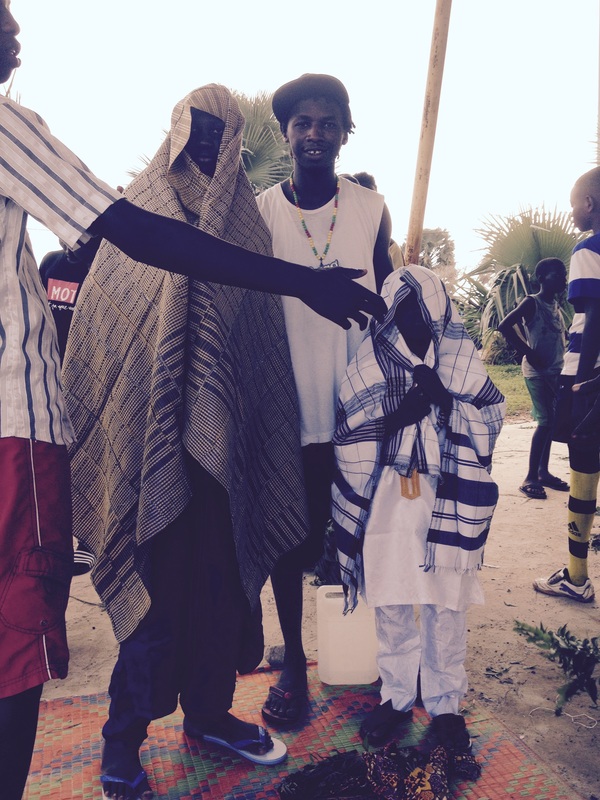
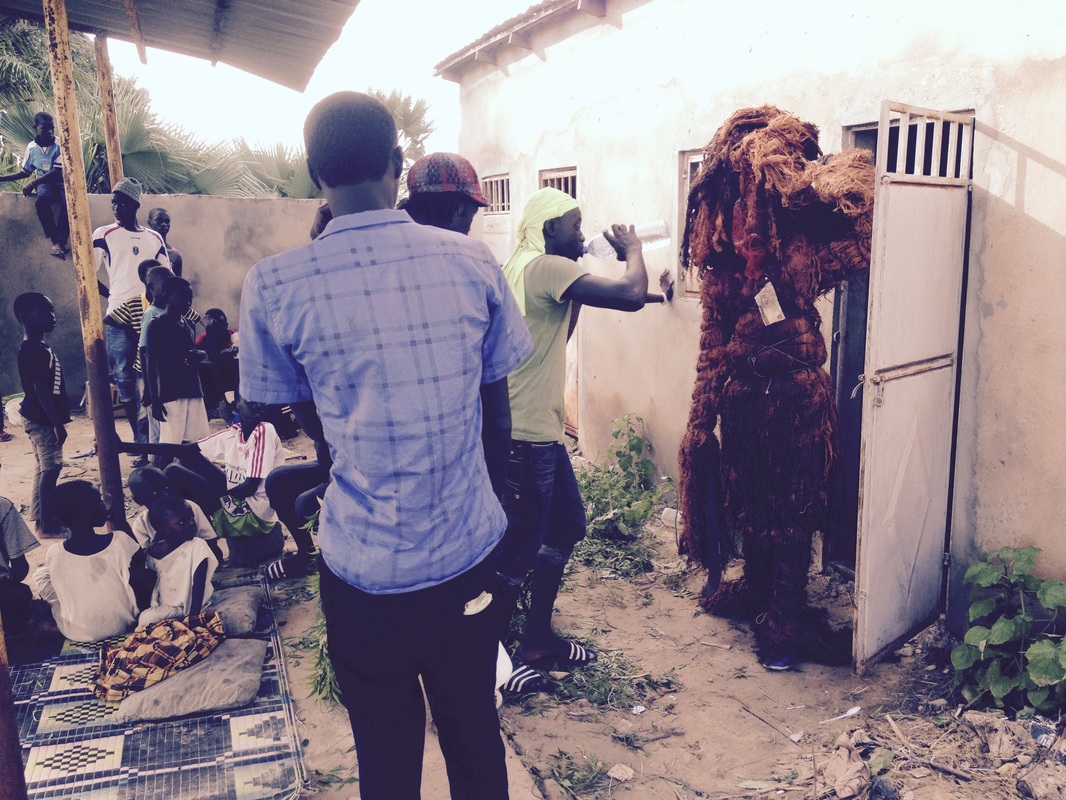
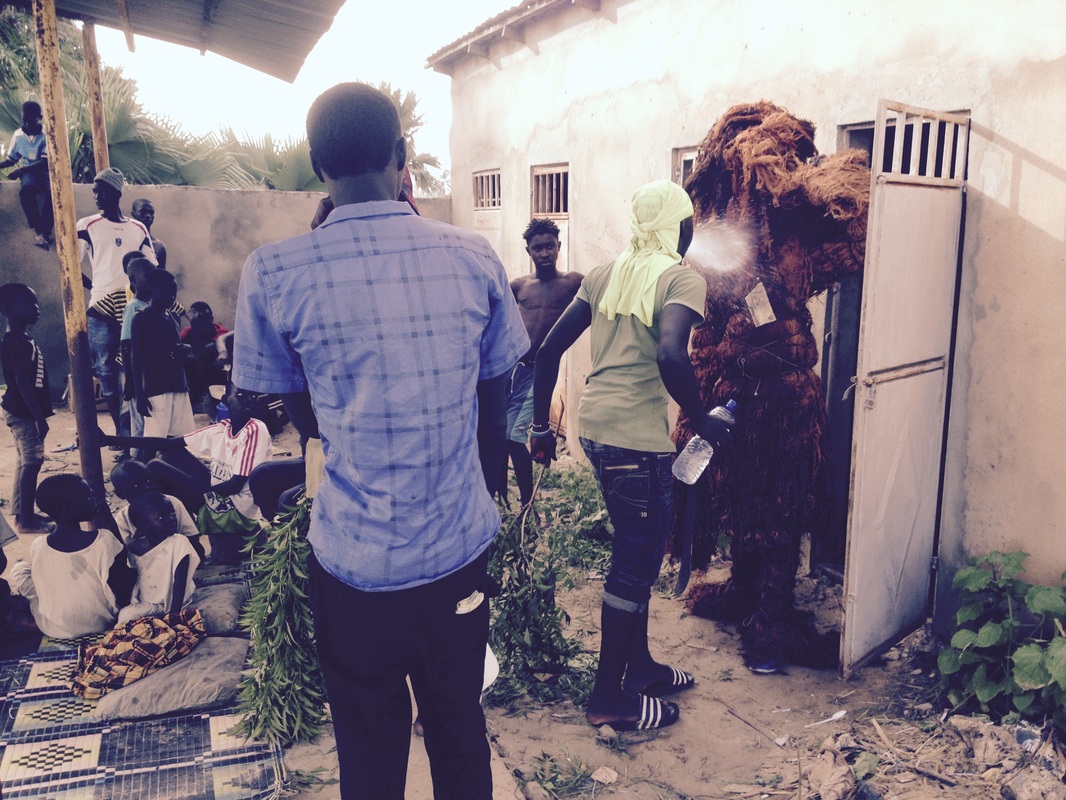
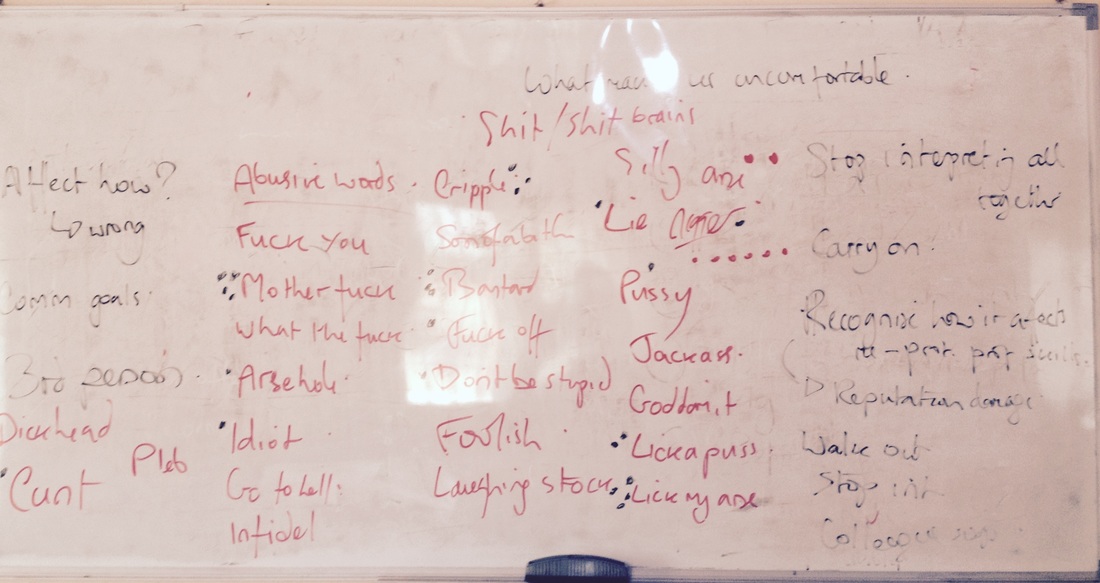
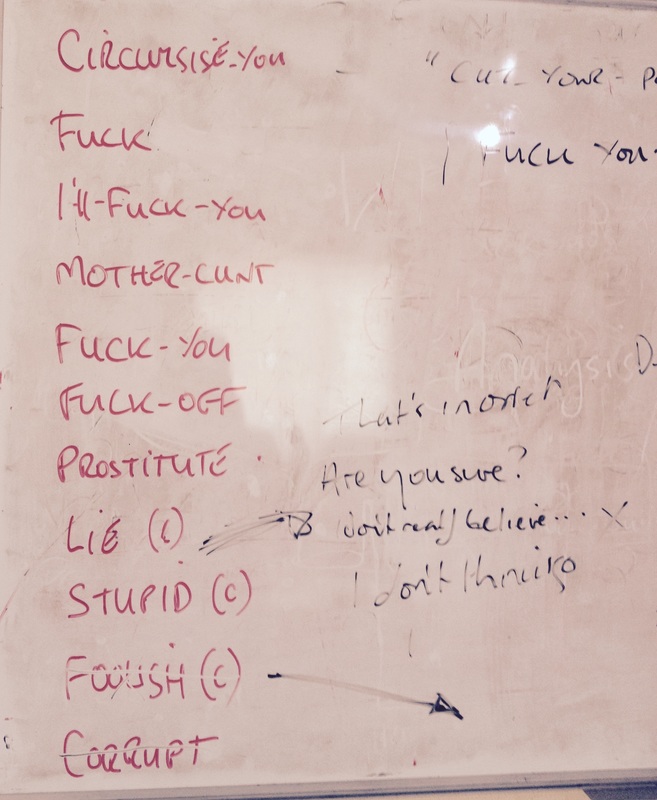
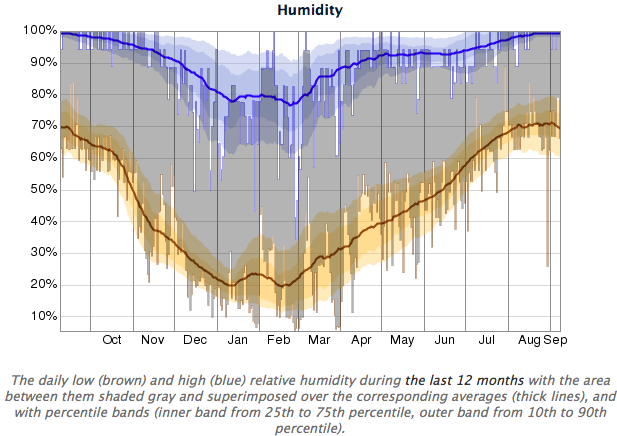

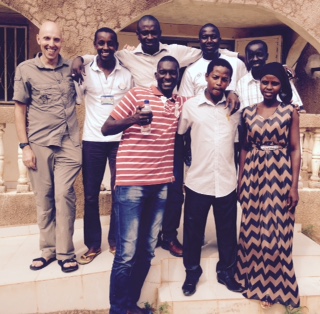
 RSS Feed
RSS Feed